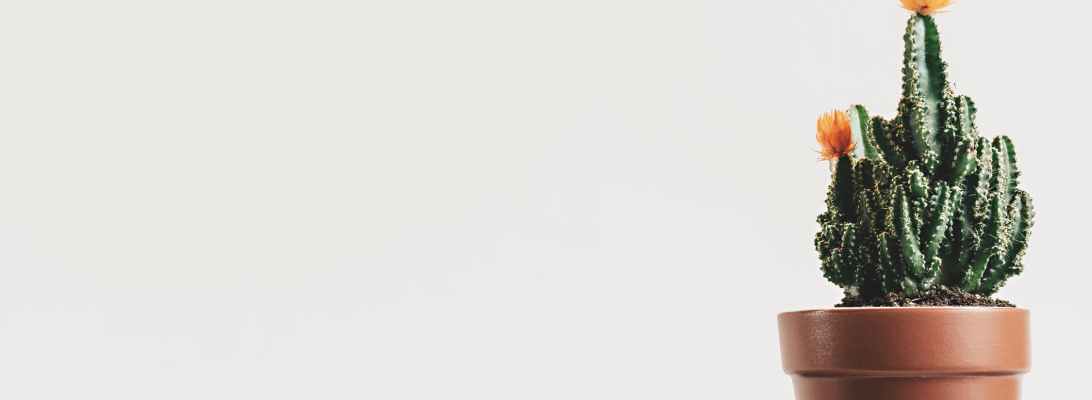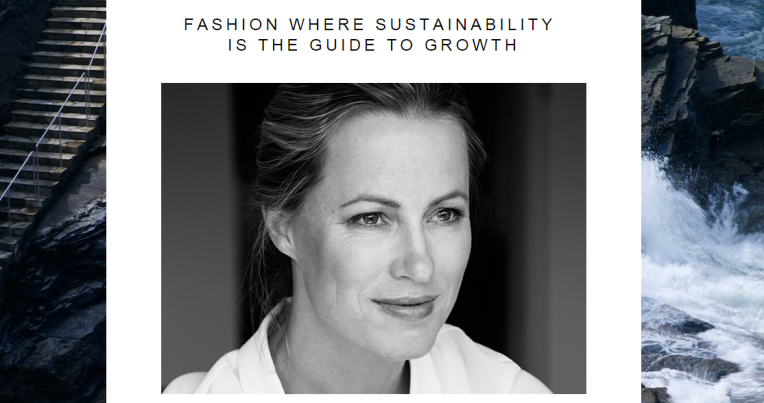Let’s just presume that the system at hand is messed up. That the politicians and the organisations works hand in hand to serve the interest of capitalism and economic growth.
-
What is the minimum amount of things we need? – My utopian idea
Disclaimer: So, this will mainly just be a stream of consciousness and many people have better and much more thought-through ideas on this topic. I would love to find out more!
- Need: We need housing. Transportation. Food, clean water, electricity, heat, waste systems, sewage. Clothes. Technology*. Medicine.
- Housing – Current best solutions: tiny living or community living. (Tiny house, Eco-villages or urban eco-housing)
- Transportation – Bicycle, walking, bus*, tram*, car-pool.
- Food – Permaculture, community grown vegan food.
- Clean water – Boiling water? Spring water?
- Electricity – to start to follow the natural rhythms of the sun (quite difficult here up north) and using 100% renewable energy (solar, wind, wave)
- Heating/cooling systems – I know too little – but maybe tank + solar collector?
- Waste systems – Living zero-waste would only demand composting… realistic?
- Sewage – First off – have a system where only ones “business” goes into the toilet, and where we would use water instead of toilet paper (like in some parts of Asia)
- Clothes.. would be fixed when broke. And limited to natural materials, such as non-dyed cotton, hemp and linnen. Locally-made accessories in wood, metals, stones, or glass could be something to add. Could potentially support ecological wool for colder seasons, although I’m a vegan.. but not as the industry looks like right now.. or I’m not entirely convinced… Right now, however, is the best choice to reuse by buying second hand, no matter the label or material.
- Technology – if we digitalised all books, music, notes, and had internet + a tablet (obs – not the most environmentally friendly way – but sustainable?)
- Medicine – the system is inevitable – we need medication still – taking care of our bodies, stressing less, eating well (vegan <3), and exercise would bring down the need to some extent
If this theory would hold, to simplify, we would still need a government to provide:
- Security, law, & enforcement
- Hospitals
- Professional education for the areas mentioned
- Sewage systems
- Roads
- Public transport
Corporations would still have to provide:
- Cloth of linnen, cotton, & hemp
- Tablets, software (IT)
- Broadband (communication)
- Medicine
- Natural raw materials: glass, metal
- Some limited commodities (bicycles, solar panels, machines, equipment and materials for production of mentioned organisational and governmental systems)
Clearly, a decreased population would also help, by people making the choice of having no, one or two children, and adopting. Death-help to elderly that have lived long and happy lives and that now wishes to sleep in for good would also increase quality of life and decrease population size since medication advancement can keep people alive much longer than what their bodies and minds are made for and feel good in (if you get my point).



